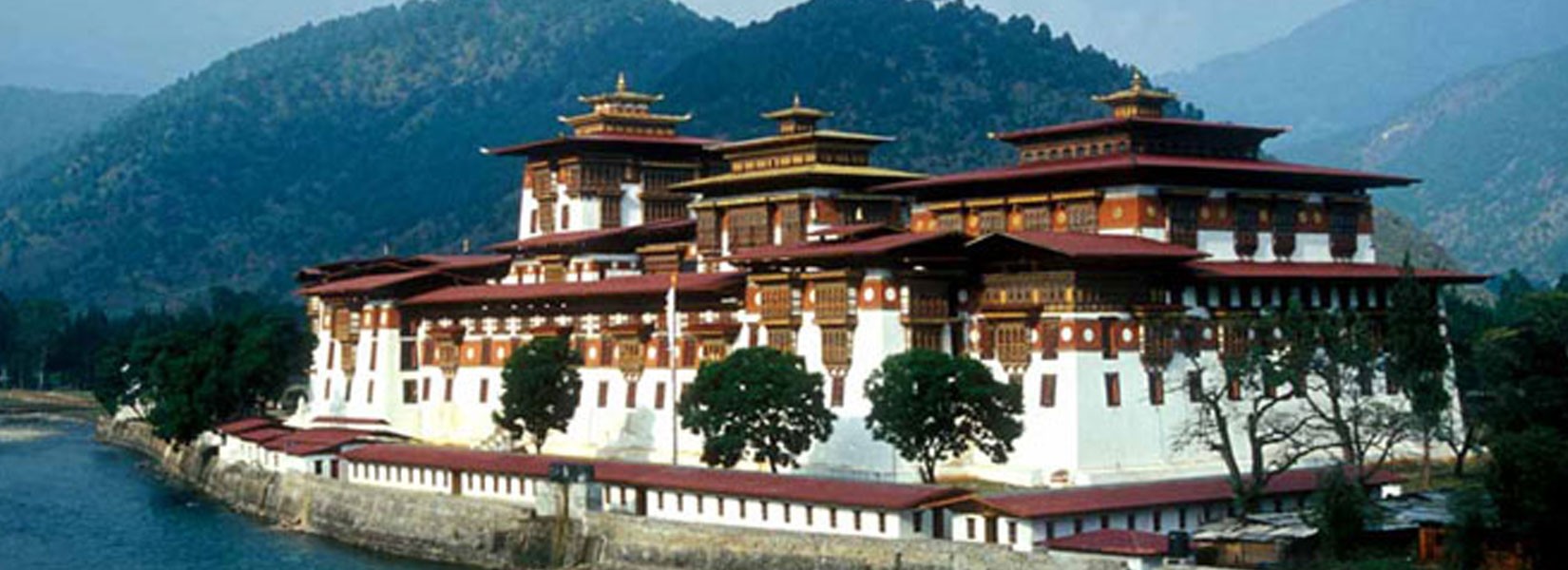Bhutan
Bhutan, a Buddhist kingdom on the Himalayas’ eastern edge, is known for its monasteries, fortresses (or dzongs) and dramatic landscapes that range from subtropical plains to steep mountains and valleys. In the High Himalayas, peaks such as 7,326m Jomolhari are popular trekking destinations. Paro Taktsang monastery (also known as Tiger’s Nest) clings to cliffs above the forested Paro Valley. Bhutan is ultimate destination for explorers and travelers. In 2014, Bhutan received 133,480 international visitors seeking to become a high value destination; it imposes a daily fee of US$250 on tourists that covers touring and hotel accommodation. The industry employs 21,000 people and accounts for 1.8% of GDP.
The country currently has no UNESCO World Heritage Sites, but it has eight declared tentative sites for UNESCO inclusion since 2012. These sites include Ancient Ruin of Drukgyel Dzong, Bumdeling Wildlife Sanctuary, Dzongs: the centre of temporal and religious authorities (Punakha Dzong, Wangdue Phodrang Dzong, Paro Dzong, Trongsa Dzong and Dagana Dzong), Jigme Dorji National Park (JDNP), Royal Manas National Park (RMNP),Sacred Sites associated with Phajo Drugom Zhigpo and his descendants, Sakteng Wildlife Sanctuary (SWS), and Tamzhing Monastery. Bhutan also has numerous tourist sites that are not included in its UNESCO tentative list. Bhutan has one element, the Mask dance of the drums from Drametse, registered in the UNESCO Intangible Cultural Heritage List. Bhutan is also well known for mountain adventure trekking and hiking. Jhomolhari Base Camp Trek, Snowman Trek, Masagang trek are some of the popular treks in Bhutan.

